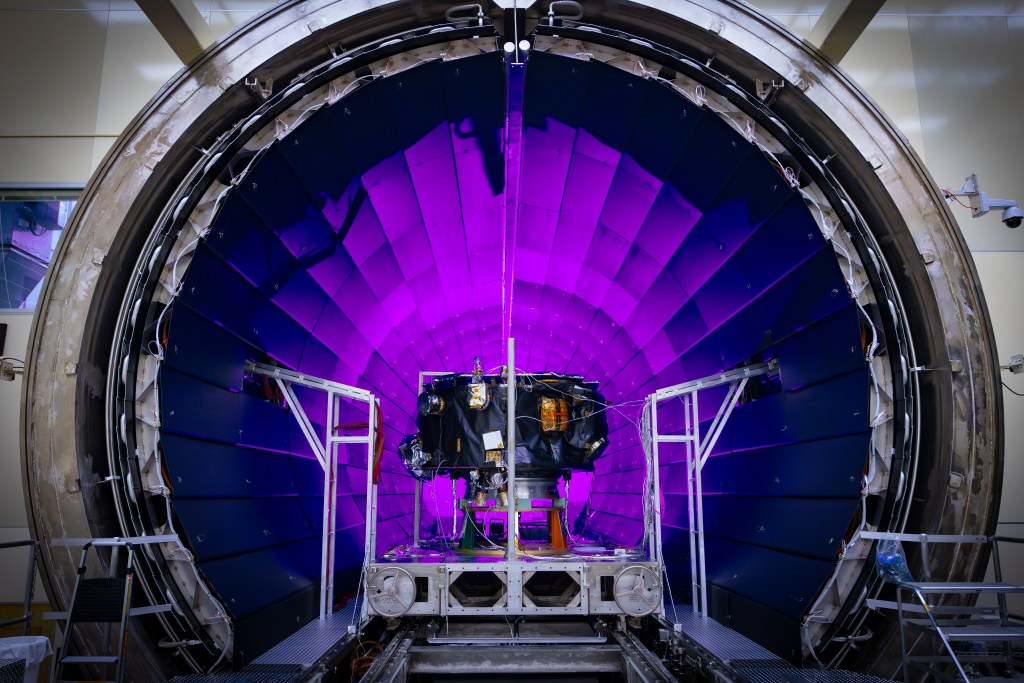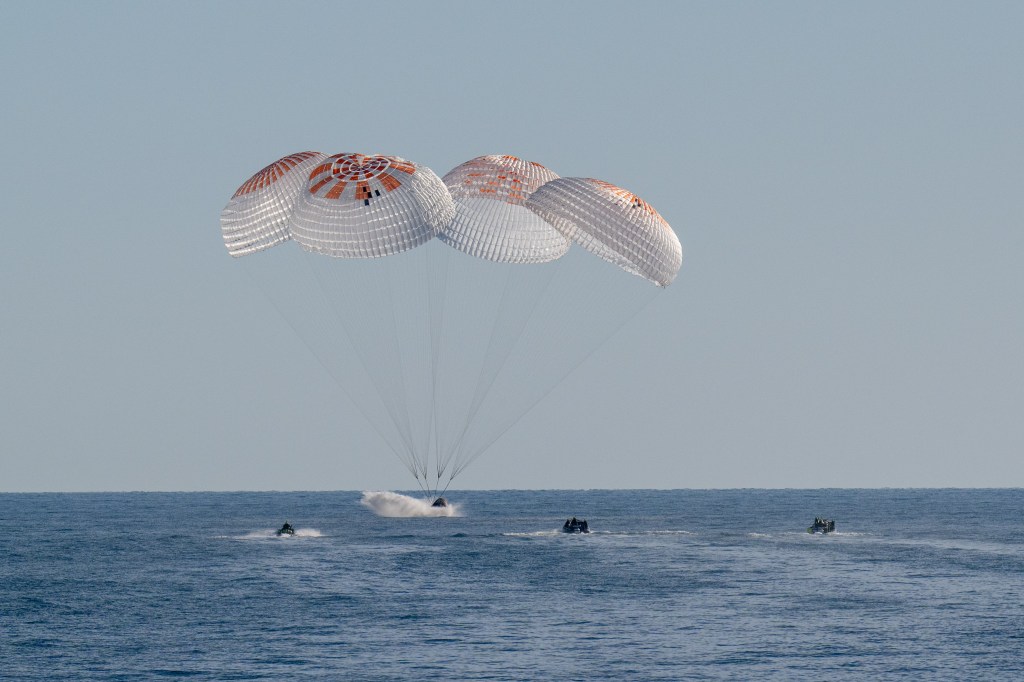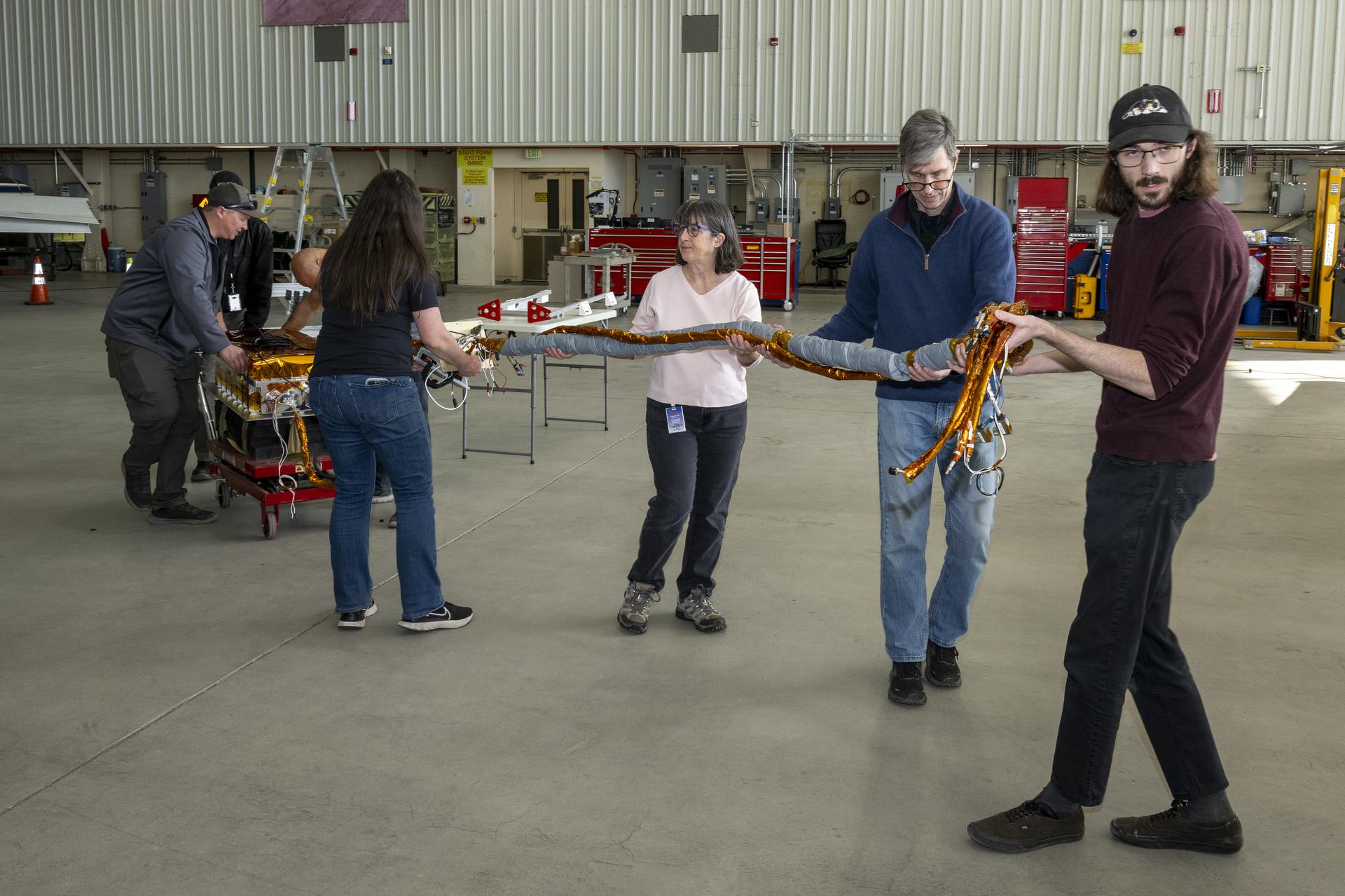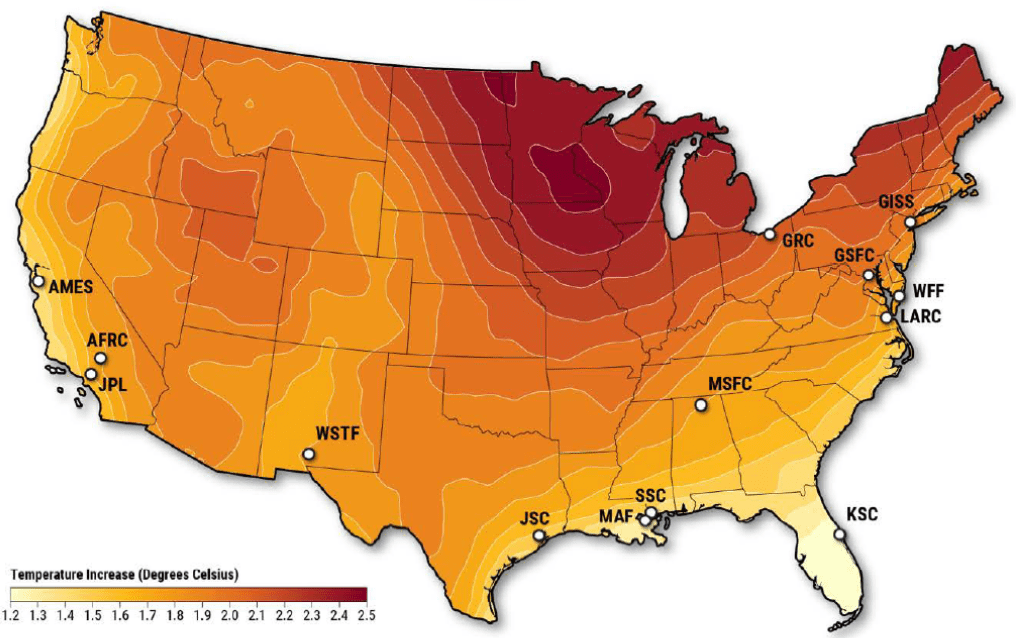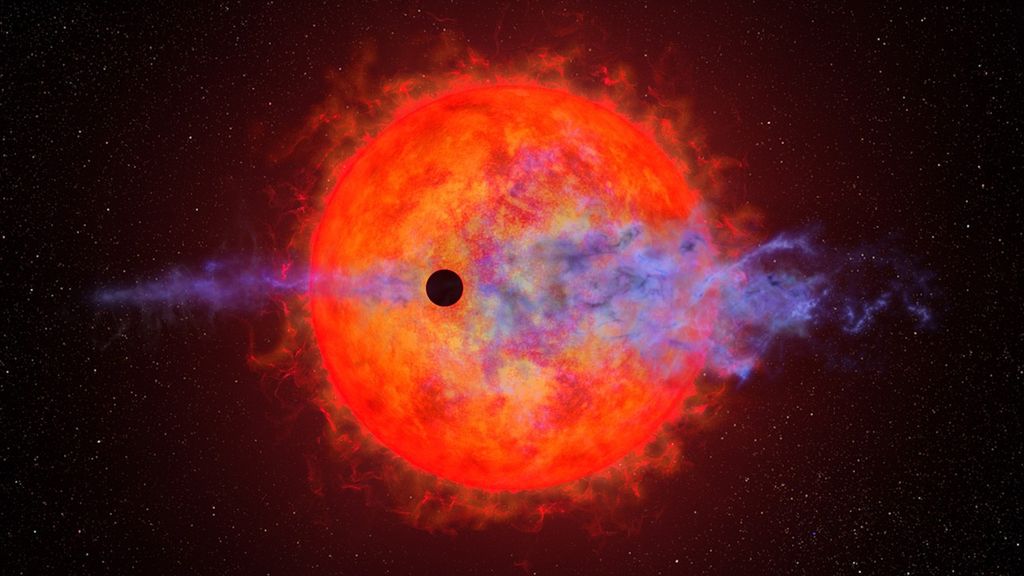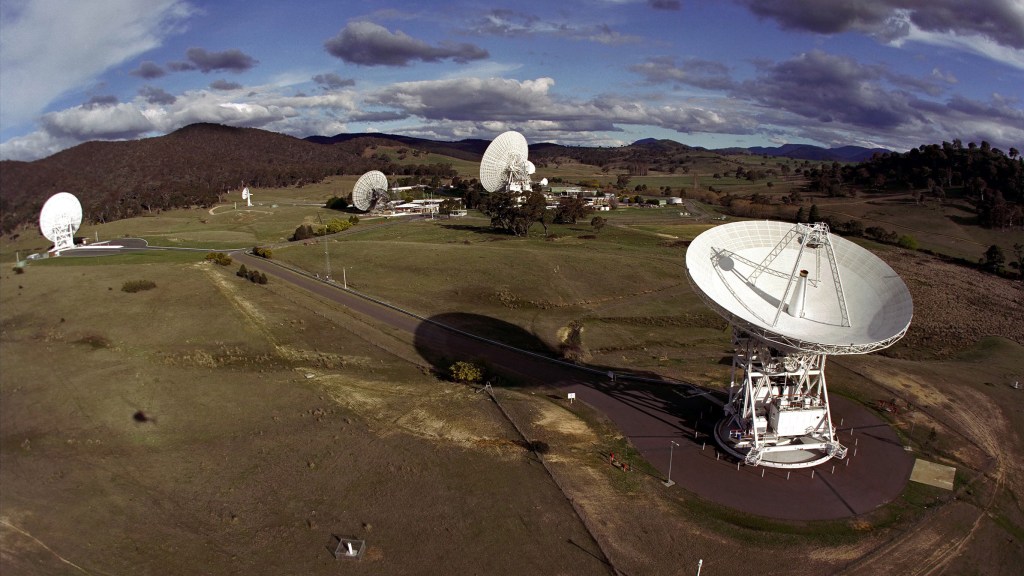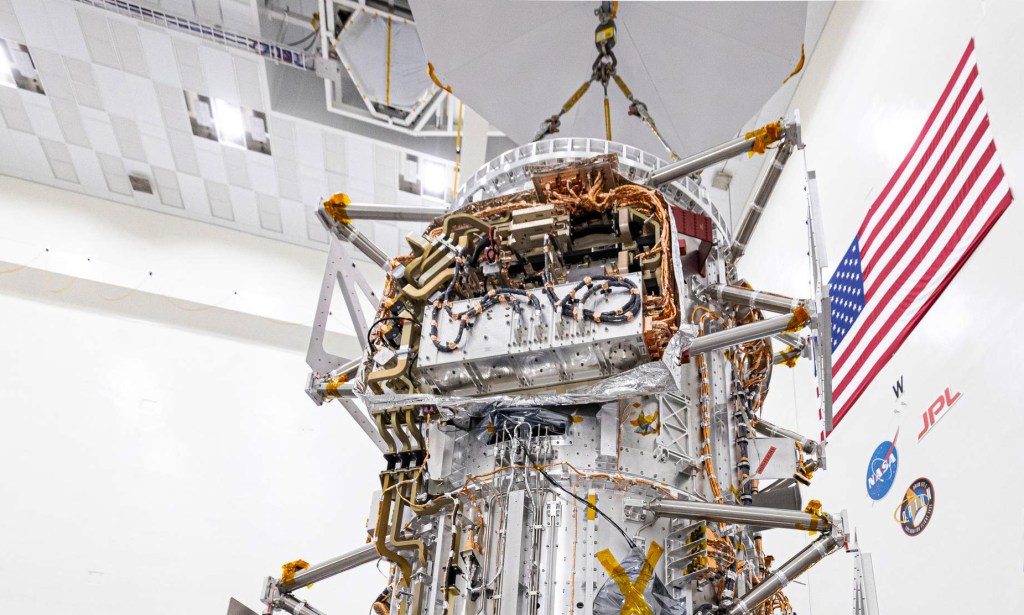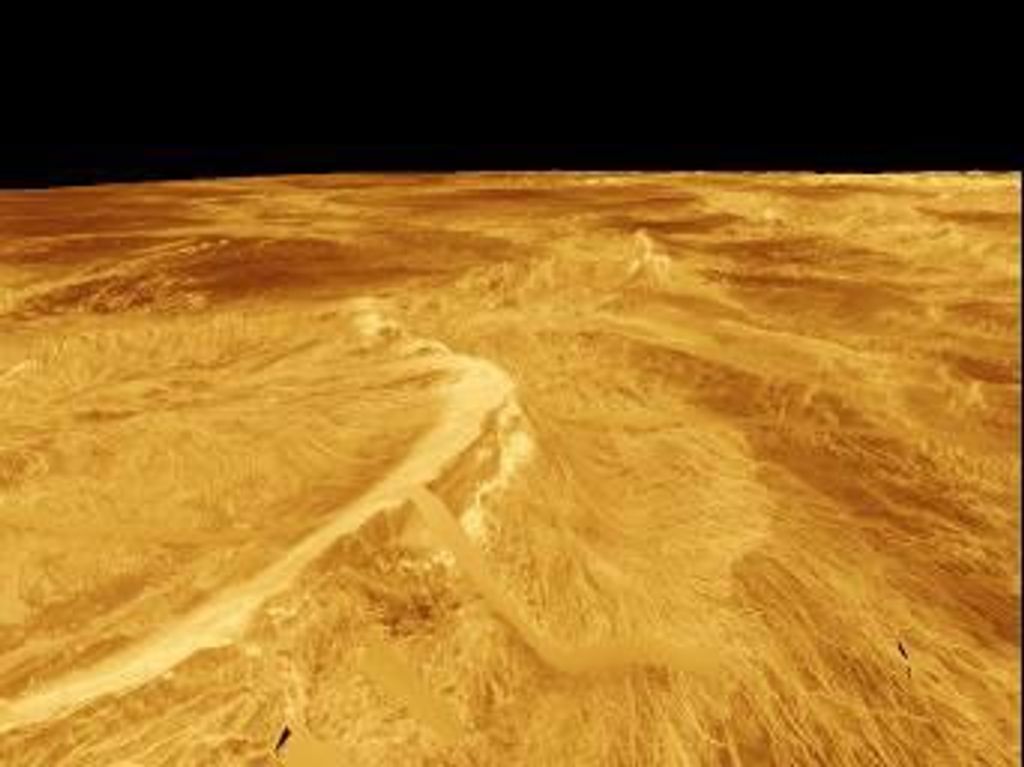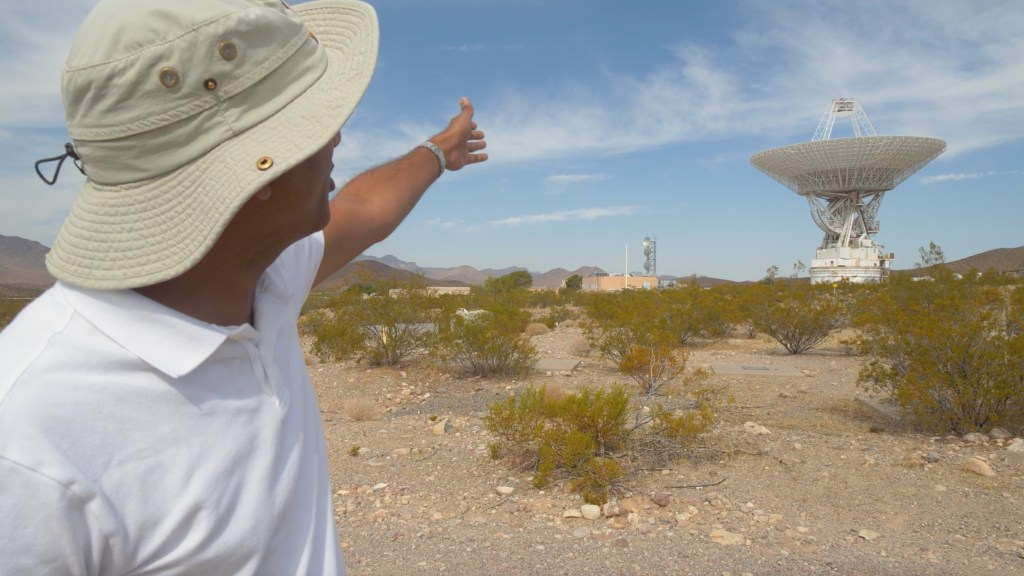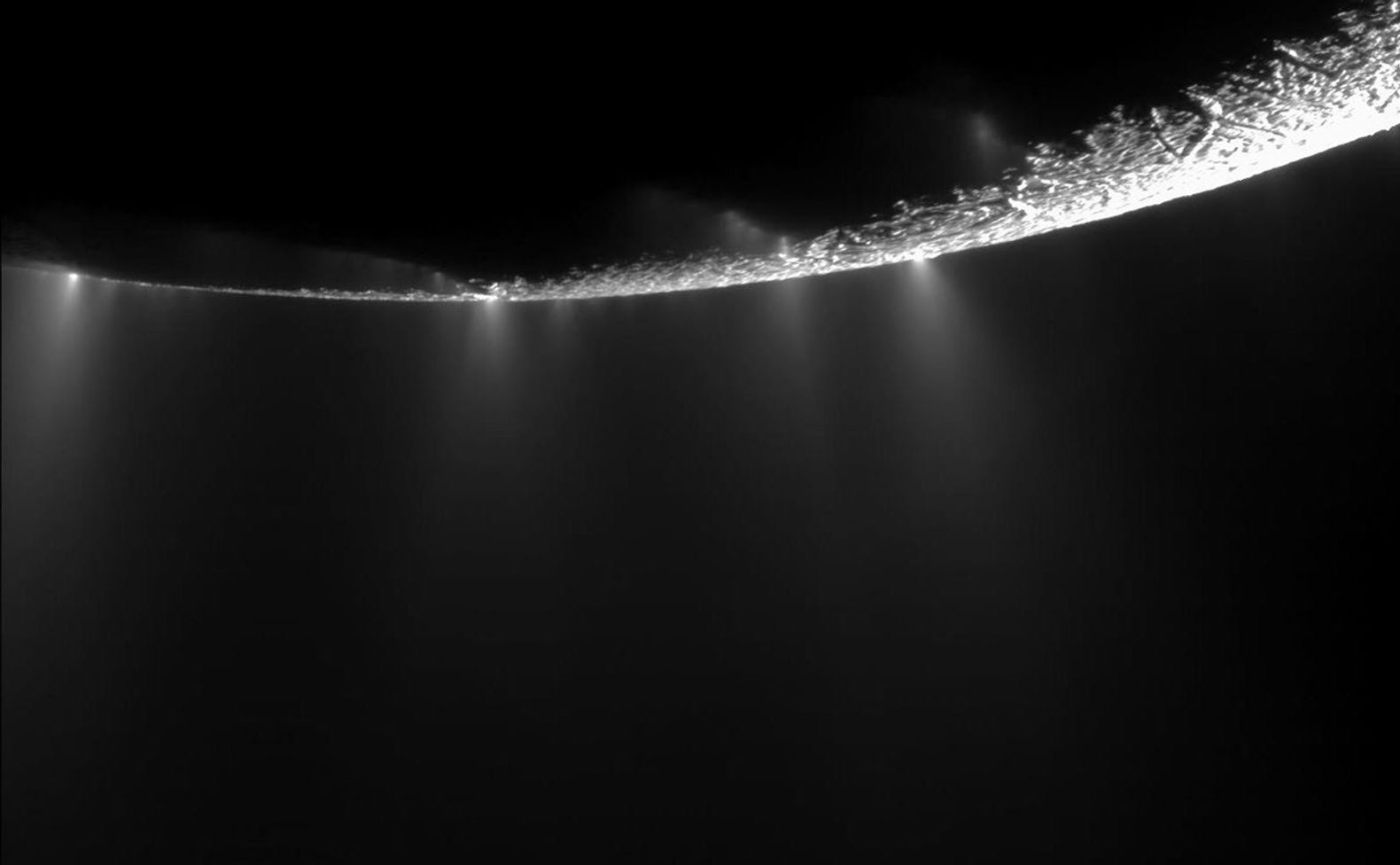
How It Worked
The Cosmic Dust Analyzer, or CDA, detected dust particles one-thousandth of a millimeter wide (the size of smoke particles) and sometimes as small as one-millionth of a millimeter (smaller than a virus). As a dust particle entered the CDA, the instrument determined the particle's charge, speed, size and which direction it was going. The dust particle then smashed into the instrument’s detectors and was annihilated into smaller parts, from which the instrument determined the dust’s composition.
How We Used It
Miniscule particles of dust wander, orbit and race throughout the Saturn system. Some dust comes from outside the Saturn system -- even from beyond our solar system. Other dust-sized particles are shed from the surfaces of Saturn's rings and moons, and from the erupting plume of material at the moon Enceladus. By studying those particles with Cassini’s Cosmic Dust Analyzer, scientists can better understand what produces them and how they interact with Saturn’s rings, moons and magnetosphere.
The easiest way to fill a bucket in a stream is to point the bucket’s open end upstream. The same is true for cosmic dust, and so Cassini’s Cosmic Dust Analyzer, called CDA, was essentially a large (and highly sophisticated) bucket that could rotate to collect particles flowing in different directions around the Saturn system.
The composition of Saturnian dust particles varies based on their origin and other factors. Dust can be ejected from a moon struck by a meteorite, or through eruptions of powerful geysers. The CDA helps scientists understand the relationships between bodies large and small by figuring out what kind of stuff is coming from where.
The CDA had two types of sensors. The high-rate detectors were included primarily to study Saturn’s rings and to count the number of particles the instrument might encounter -- as many as 10,000 per second. The other type of sensor was the dust analyzer (the big bucket). It was capable of detecting only one particle per second but also determined the particle’s charge, speed, flight direction, mass and chemical composition.
The CDA instrument could detect particles one-thousandth of a millimeter wide — smaller than red blood cells and about the size of the particles that make up smoke.
When a speck of dust entered the big bucket of the dust analyzer, the instrument detected several things. An electrically charged piece of dust would induce the same charge in detectors built into the instrument's walls. Also, the grid sensors of the bucket served as timers. The instrument detected when a dust particle passed each of the four grid sensors, and the time that elapsed between the detections tells scientists how fast the particle was traveling.
When the dust particle reached the bottom of the bucket, it struck a target surface. The collision broke the tiny particle into smaller components – neutral atoms, ions and electrons. The resulting components were sorted by an electric field and then struck various detectors that tell scientists what elements the dust particle contained.
Combined, the two types of sensors determined how much dust the spacecraft was flying through and what some of the dust was made of.
The CDA instrument could detect particles one-thousandth of a millimeter wide — smaller than red blood cells and about the size of the particles that make up smoke. Most particles in Saturn’s broad E ring are that size. But under the best conditions, CDA could detect even smaller dust grains called nano-dust. A nano-dust particle can be made up of only a million or so atoms and is about one-millionth of a millimeter in size, which is smaller than a single influenza virus.
Even before Cassini reached Saturn in 2004, the CDA instrument began detecting nano-dust particles when the spacecraft was more than 62 million miles (100 million kilometers) away, which is more than twice as far as Venus is from Earth at its closest. "We were even measuring their composition and directionality, and we found out that at least some of them are coming from a direction with is compatible with Saturn's main ring system," said Ralf Srama, CDA principal investigator and an astrophysicist at the University of Stuttgart in Stuttgart, Germany.
In early 2015, CDA scientists reported the first evidence of hot-water chemistry active on a world other than Earth. Jets around the southern polar region of Saturn’s moon Enceladus produce a plume of mostly water, but small amounts of other material are also being carried into space with the jets. The team analyzed years of data from CDA, which had detected microscopic particles of silica-rich rock in some of the material that had sprayed out of Enceladus. The size and chemistry of the tiny particles hinted that they came from an area of hydrothermal activity.
“It’s very exciting that we can use these tiny grains of rock, spewed into space by geysers, to tell us about conditions on – and beneath – the ocean floor of an icy moon,” said Sean Hsu, a research scientist at the University of Colorado at Boulder, who was lead author on the CDA study that broke the news.
More recently, CDA scientists announced that among the millions of ice-rich particles the instrument has detected around Saturn, they’d also observed dust that wasn’t from local sources. The dust didn’t originate in the Saturn system, or even in the solar system. It was interstellar dust — material that traveled through the space between solar systems.
Interstellar Interlopers
Just as our moon orbits around Earth, and the planets orbit the sun, the entire solar system travels in space around the distant center of the Milky Way galaxy. In that way, the solar system has a front and a back, and the front is plying through interstellar space like the bow of a great ship. So the best way for CDA to capture interstellar dust is to point its bucket toward our solar system’s bow. “We knew that if we looked in the right direction, we should find them," said Nicolas Altobelli, a Cassini project scientist at ESA (the European Space Agency) and lead author of the study.
For much of Cassini’s early years at Saturn, the planet was almost directly behind our sun relative to the solar system’s motion through space. It’s a zone where interstellar dust is blocked by the sun.
But because Cassini was granted two mission extensions that tripled its time at Saturn, CDA had more than a decade to collect interstellar dust, rather than the originally-planned four years. Yet in all that time, the CDA instrument detected just 36 interstellar dust particles. "The long duration of the Cassini mission has enabled us to use it like a micrometeorite observatory, providing us privileged access to the contribution of dust from outside our solar system that could not have been obtained in any other way," Altobelli said.
The interstellar particles were identified through their direction, speed and composition. Instead of the icy dust found in the Saturn system, the interstellar dust contained calcium, carbon, iron, magnesium, silicon, sulfur and other materials.
The dust was also moving in a direction different from the icy grains usually found around Saturn, and they were traveling over 45,000 miles per hour (72,000 kilometers per hour), fast enough that our solar system’s gravity couldn’t capture them. If not for the CDA scooping them up, the dust trains would have continued right through the solar system and back into interstellar space.
- Mass: 16.36 kg
- Peak Operating Power: 18.38 W (including articulation)
- Average Operating Power: 11.38 W
- Peak Data Rate: 0.524 kilobits/s
- Dimensions: 50.7 cm length x 45.0 cm diameter; 81 cm x 67 cm x 45 cm overall
Cassini Orbiter Instruments
They surveyed and sniffed, analyzed and scrutinized. They took stunning images in various visible spectra. Cassini's 12 science instruments were designed to carry out sophisticated scientific studies of Saturn, from collecting data in multiple regions of the electromagnetic spectrum, to studying dust particles, to characterizing Saturn's plasma environment and magnetosphere.
Optical Remote Sensing
Mounted on the remote sensing pallet, these instruments studied Saturn and its rings and moons in the electromagnetic spectrum.
- Composite Infrared Spectrometer (CIRS)
- Imaging Science Subsystem (ISS)
- Ultraviolet Imaging Spectrograph (UVIS)
- Visible and Infrared Mapping Spectrometer (VIMS)
Fields, Particles and Waves
These instruments studied the dust, plasma and magnetic fields around Saturn. While most didn't produce actual "pictures," the information they collected is critical to scientists' understanding of this rich environment.
- Cassini Plasma Spectrometer (CAPS)
- Cosmic Dust Analyzer (CDA)
- Ion and Neutral Mass Spectrometer (INMS)
- Magnetometer (MAG)
- Magnetospheric Imaging Instrument (MIMI)
- Radio and Plasma Wave Science (RPWS)
Microwave Remote Sensing
Using radio waves, these instruments mapped atmospheres, determined the mass of moons, collected data on ring particle size, and unveiled the surface of Titan.




